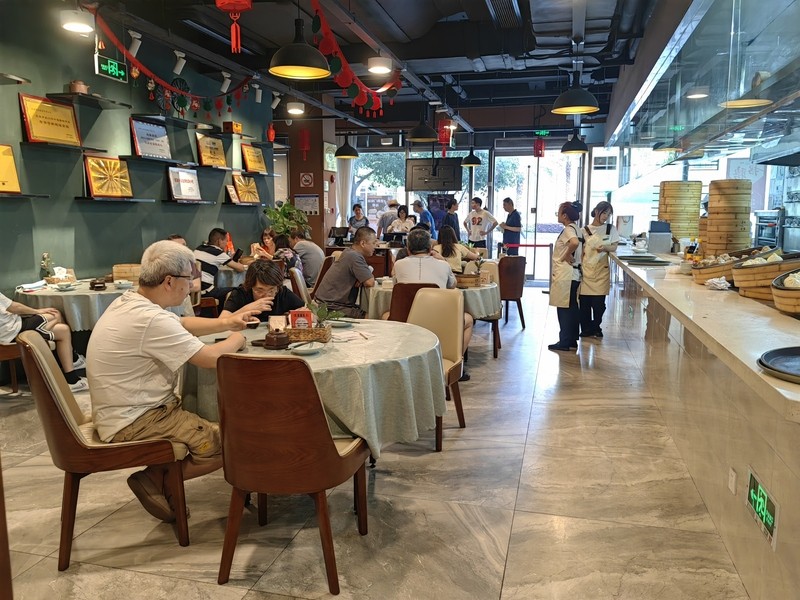What "artifacts" did the ancients create?, "Bamboo Dragonfly" can inspire aircraft propellers! To achieve the dream of flying globally | airplanes | flying
Recently, the domestically produced C919 aircraft has successfully completed its global commercial debut, and Chinese people have finally boarded their own large aircraft.
In fact, Chinese people have had the dream of "flying" since ancient times, and have also created various "divine tools" that flexibly utilize aerodynamics for flight. So, do you know what iconic flying devices were in Chinese history? How have they changed with the development of the times? What new development directions will human flying tools have in the future? In China, the ancient flying "divine artifact" seems to be a necessary skill for mythological figures, whether it is King Mu of Zhou's "golden and jade chariot" or Queen Mother of the West's "purple cloud chariot", they can freely gallop between heaven and earth. In addition to imagination, ancient scientists and craftsmen also constantly explored the principles of flight and created various flying instruments through practical actions.
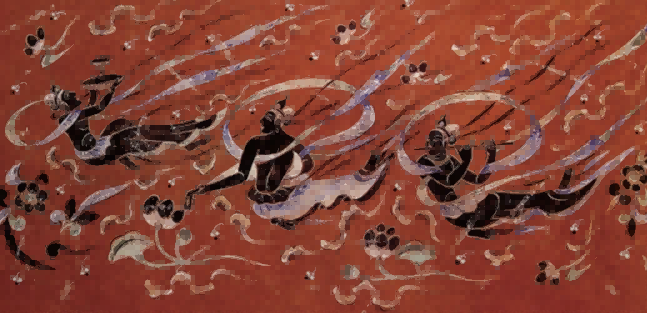
Copying by Li Zhenfu on the west wall of Cave 401 in Mogao Grottoes
Among them, the wooden kite and flying car were representative early aircraft. According to the "Mozi Lu Xiang Pian", as early as 467-221 BC, Gongshu Ban used wood and bamboo to make wooden magpies and let them fly into the sky. "Gongshu Zi cut bamboo and wood to make magpies, and they flew for three days without falling. Gongshu Zi thought he was the most skilled.". This historical fact is also mentioned in "Huainanzi" and Wang Yun's "Lunheng: An Supplement to Confucianism".

During the Northern and Southern Dynasties, Fan Ye recorded in his "Biography of Zhang Heng" in the Book of Later Han that Zhang Heng also made wooden birds with wings on their bodies and mechanisms inside their stomachs, which could fly for several miles. However, the craftsmanship and structure of these mechanism birds have been lost, and their exact performance is unknown.
During the Wei, Jin, Southern and Northern Dynasties, the emergence of "flying cars" reflected updated aerodynamic research achievements. In his book "Baopuzi", Ge Hong of the Jin Dynasty described the structure of "flying chariots", using "jujube heart wood as the flying chariot, and cow leather as the ring sword to attract its movement." Or, he used the concept of "anti snake six dragons, three cows intersecting and riding on it, rising forty miles, and named it Taiqing. In Taiqing, its qi is very strong and can defeat people.".

Scholars have analyzed that the main component of a "flying car" is a thin bamboo sheet processed into an inclined or curved surface. By pulling the bamboo sheet to rotate rapidly, it rises through the airflow caused by its curved surface. This principle was later applied to the bamboo dragonfly. Later, the "bamboo dragonfly" spread to Europe and caught the attention of early aviation experimenters. It also became the "enlightenment teacher" of helicopter rotors and aircraft propellers.
Kites are also one of the earliest aircraft made using aerodynamics. The invention of kites inspired people at that time to try manned flight. For example, during the reign of Emperor Wu of Liang, around 559 AD, a person named Yuan Huangtou once glided and flew a kite, and successfully landed.
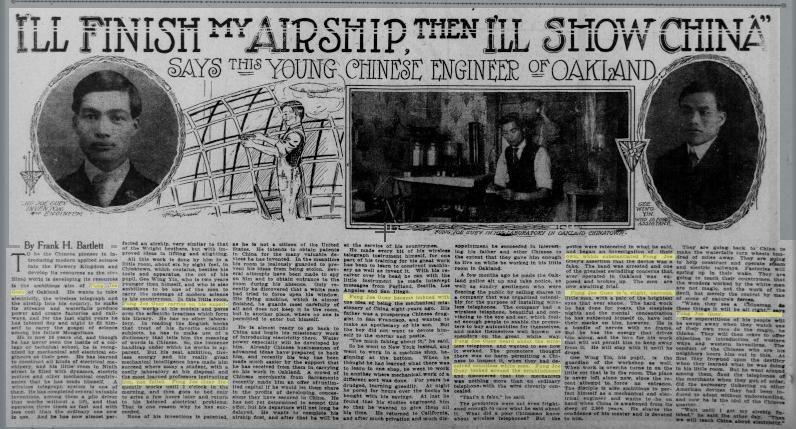
Subsequently, exploration of various types of aircraft was not uncommon. In the Tang Dynasty, craftsman Han Zhihe invented an extremely exquisite flying machine. It is said that as long as a button is pressed, it can fly high into the air, reaching a height of one hundred feet and flying a distance of four to five hundred feet. After the Song and Yuan dynasties, China still had records of manufacturing rockets, missiles, and hot air balloons. According to the "History of Western Aviation Development", as early as the early 14th century, a huge "hot air balloon" appeared over Beijing to celebrate the emperor's accession.
These experimental flight explorations not only enabled the continuous development of ancient Chinese flying skills and equipment, but also played a very important role in the emergence and development of modern aviation. Although China's first aircraft was born as early as 1909, the beginning and development of civil aviation aircraft were extremely difficult.
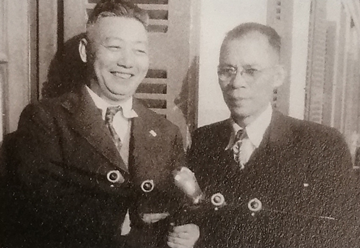
Media coverage of the Auckland Library before the successful flight test
After World War I, Western European countries began to vigorously develop civil aviation. At that time, the Beiyang government also began to take action. In 1919, the Beiyang government's Ministry of Transportation established the Aviation Affairs Office. The following year, they successively purchased 8 American planes, formulated transportation regulations, and planned to open up 5 national routes. However, at that time, the technology and business power of civil aviation aircraft were always controlled by foreigners, and aviation construction and safety management were also hindered by factors such as war.
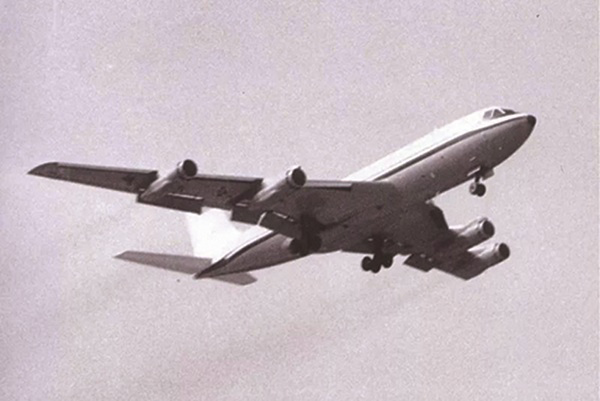
When the People's Republic of China was founded, China's civil aviation still did not have a true aircraft of its own. It was not until November 1949 that Liu Jingyi, former General Manager of Air China, and Chen Zhuolin, General Manager of Central Airlines, led Hong Kong employees and 12 planes back to the mainland from Hong Kong, and these 12 planes became the initial "starting point" of the new Chinese civil aviation.
Liu Jingyi and Chen Zhuolin
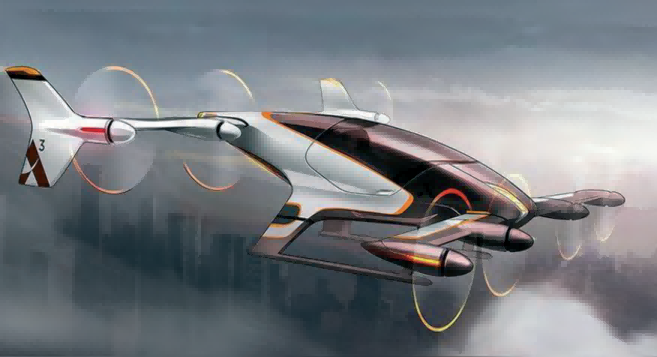
In the late 1960s, the international civil aviation industry developed rapidly and the era of jet airliners arrived. At that time, Premier Zhou Enlai visited Europe on a relatively backward propeller plane, and China was also mocked by European media as a "wingless eagle". So, the project to develop China's first large-scale civil aircraft was officially launched, which was undertaken by the then Shanghai Aircraft Manufacturing Plant and the model code was "Y-10".
Yun-10 takes off for the first time

On September 26, 1980, the first domestically developed large jet passenger aircraft, the Y-10, successfully made its maiden flight, and its performance fully met the design requirements. However, due to the inability to solve issues such as the development cycle of the matching engine, the project was not officially put into commercial use. In the following period, China hoped to develop civilian aircraft through strengthening international cooperation, but none of them succeeded. In 2008, the large passenger aircraft project landed again in Shanghai and was officially named "C919" the following year. After nearly 10 years of research and development, on May 5, 2017, the C919 completed its first flight at Shanghai Pudong International Airport, marking the completion of China's first self-developed large-scale jet passenger aircraft that fully adopts advanced technology and has independent intellectual property rights. By the completion of the world's first commercial flight of C919 this year, China's civil aviation has gone through a development process from scratch and from weak to strong. The rapid growth of civil aviation in China has not only given wings to eagles, but also enabled many ordinary people to realize their dreams of flying. Redefining Future Flight Today, the development of aviation technology has completely changed people's way of travel. So, what exciting and diverse performances will human flight have in the future? Currently, many companies have set their sights on small aircraft that can take off and land vertically. A3 company will launch an "aerial taxi" called Vahana, which is a single seat, autonomous, vertical takeoff and landing small aircraft that can be used for urban short distance transportation. Airbus also has three vertical takeoff and landing aircraft projects advancing simultaneously.
In terms of aircraft appearance, wing body fusion and transparent cockpit are two different development directions. Among them, wing body fusion has the advantages of high aerodynamic efficiency, light structural weight, large loading space, energy conservation, and environmental protection, which is expected to meet the various requirements of future civil aircraft development. The concept of "transparency" in the transparent cabin is refreshing, allowing passengers to experience the joy of traveling in the sky in a panoramic and immersive way.
In addition to changes in the appearance of airplanes, planes with "future power" have also become a development direction. The LQ-H aircraft developed by Chinese scientists can be powered not only by electricity, but also by hydrogen. Compared to traditional lithium batteries, hydrogen energy can achieve the goals of zero carbon emissions and longer endurance. In addition, future flights are becoming increasingly intelligent. In Germany, a flying "mind helmet" is undergoing equipment testing, and pilots only need to wear it to control the plane with their minds. Airbus has proposed a "biomimetic intelligent cabin" solution in its future aircraft concept. The cabin will adopt an integrated "neural network" to establish an intelligent interface between passengers and the aircraft, which can perceive passenger needs and respond to them.


